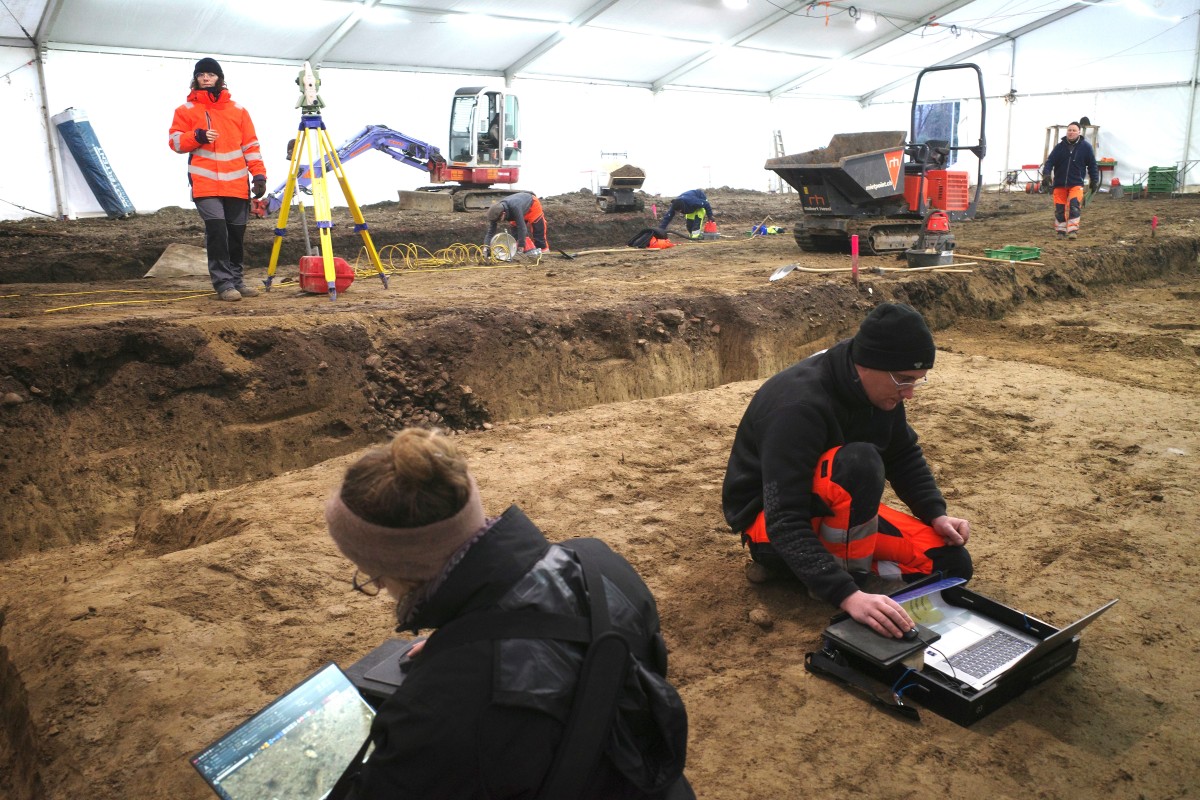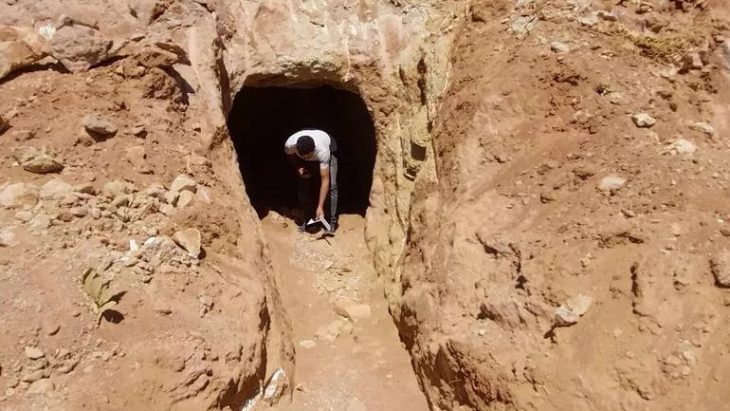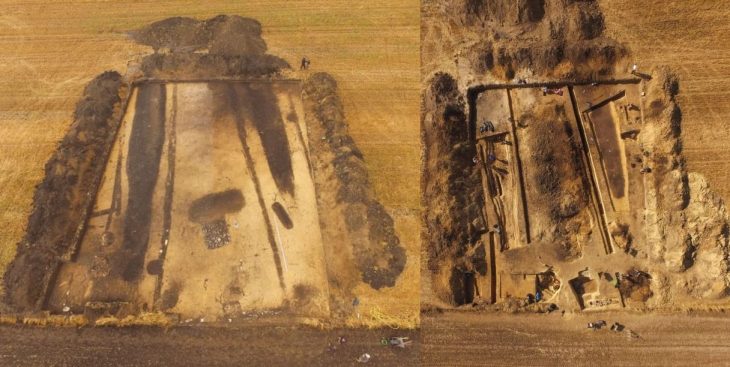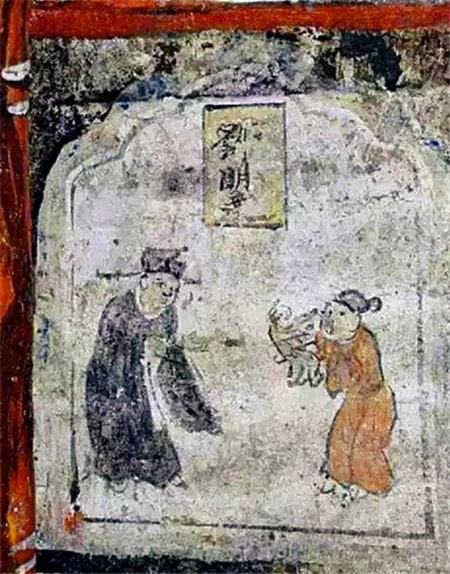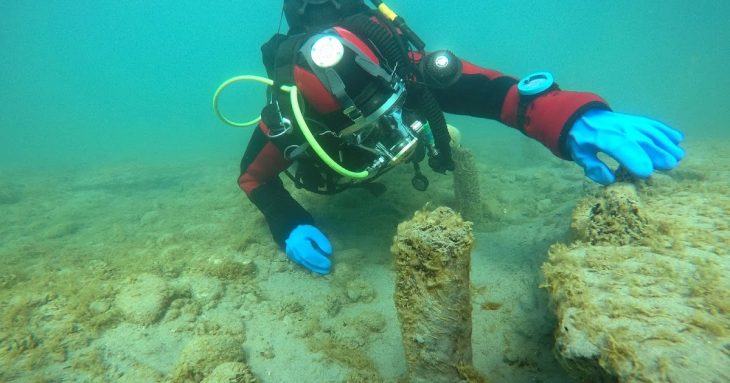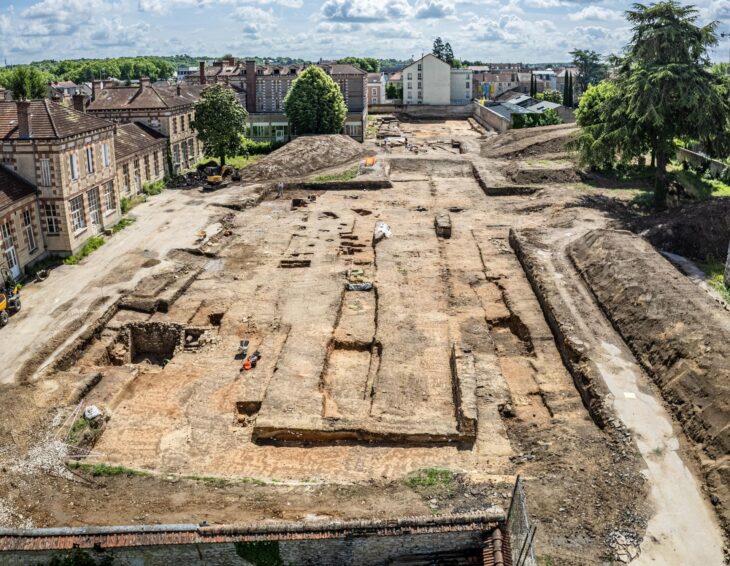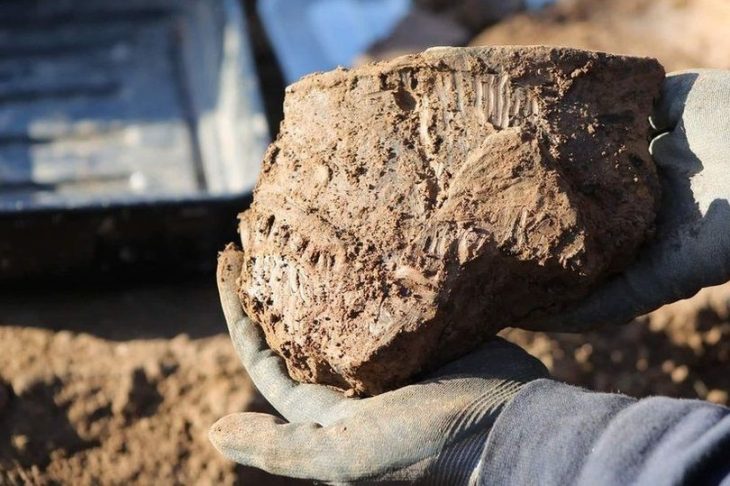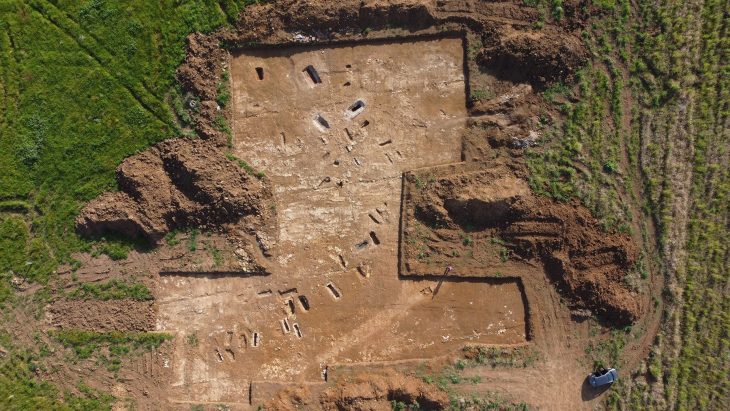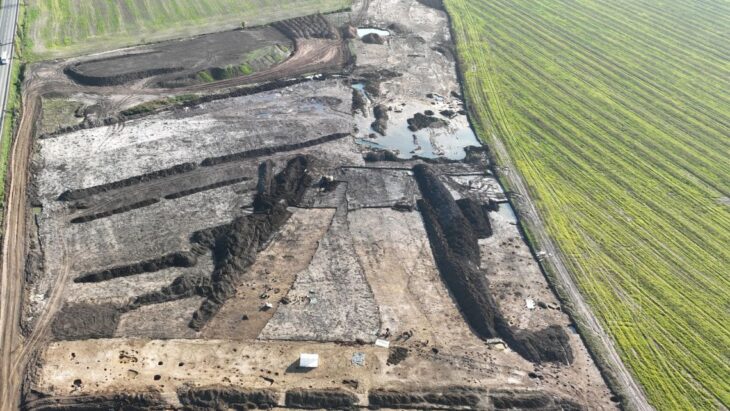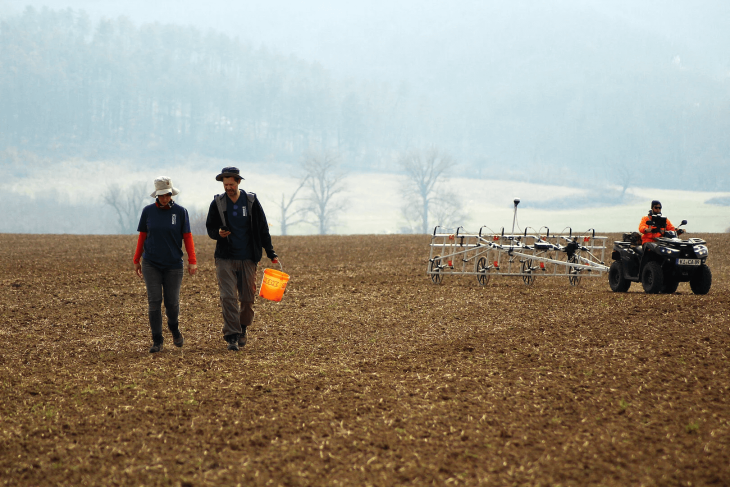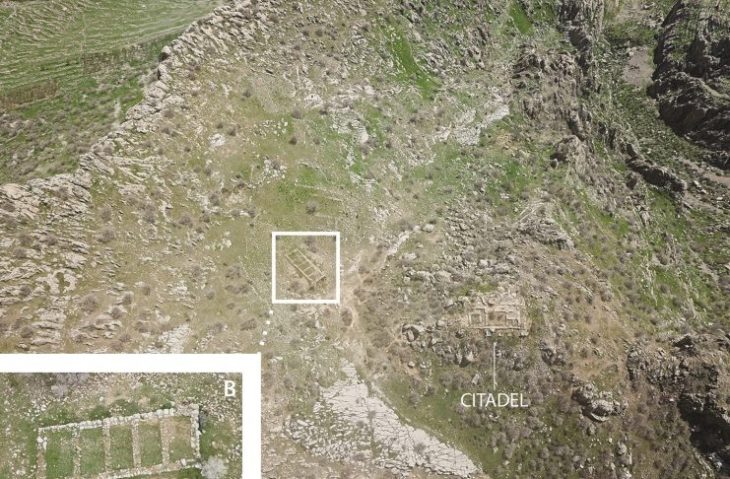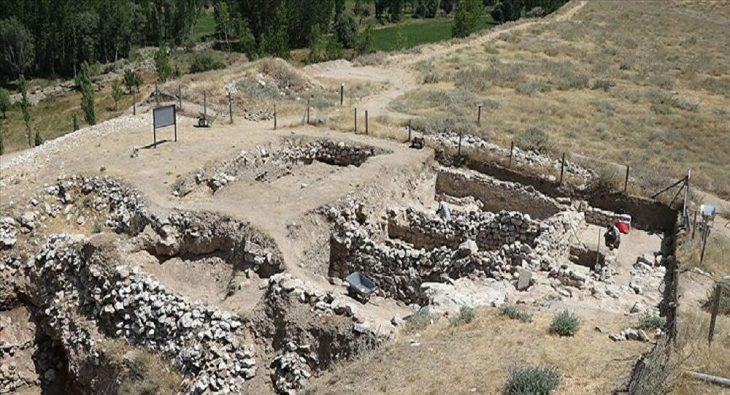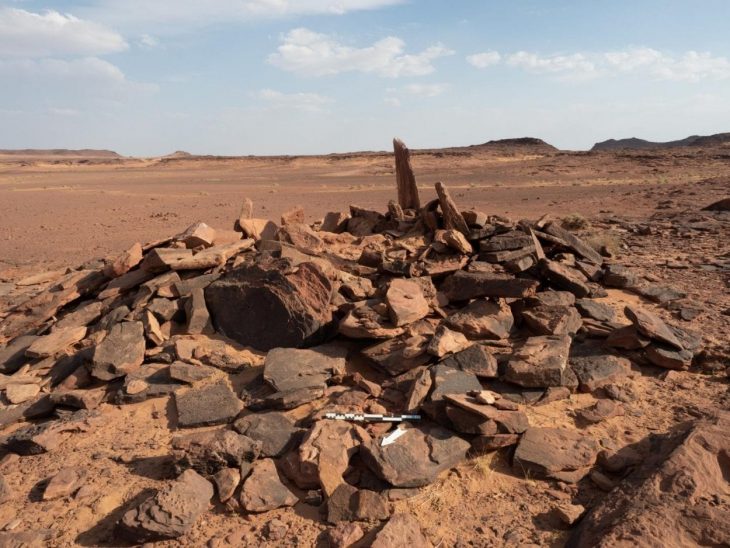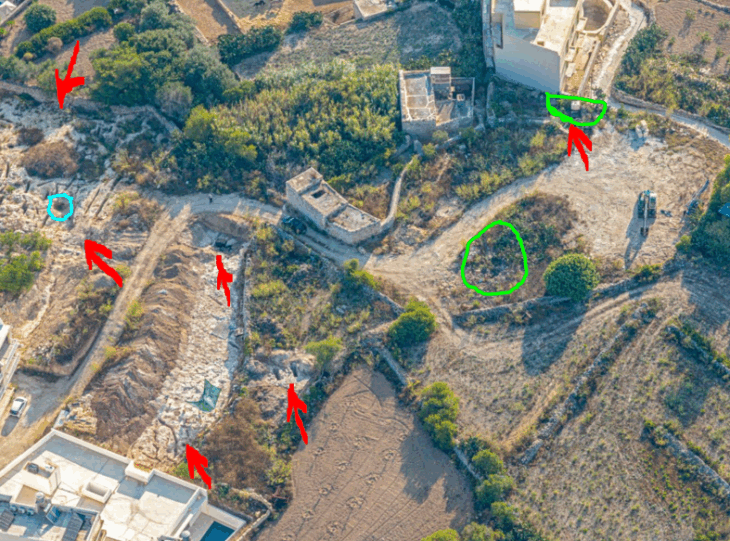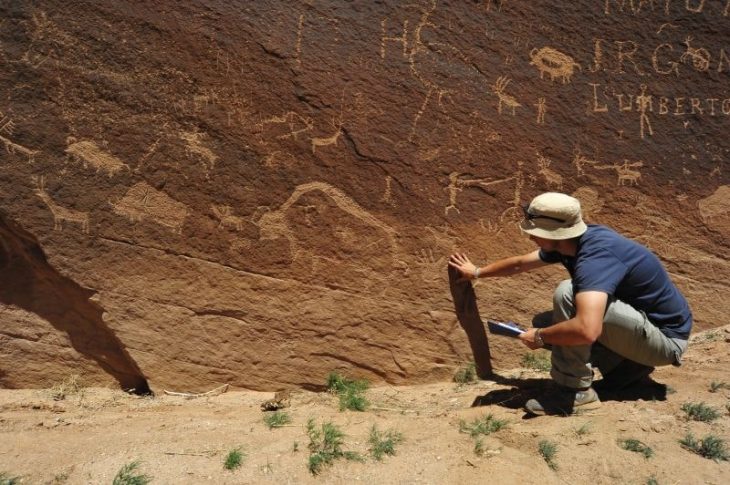A major rescue excavation in Kaiseraugst, northern Switzerland, has revealed a substantial Roman road complete with porticoes, alongside poignant infant burials and a collection of intriguing artifacts, including a remarkably rare bronze panther statuette.
The discoveries offer a fascinating glimpse into the daily life and urban planning of Augusta Raurica, a significant Roman settlement founded in 44 BCE and recognized as the best-preserved Roman city north of the Alps.
The extensive excavation, conducted by the Aargau Cantonal Archaeology Department between May 2024 and March 2025, was necessitated by an upcoming construction project involving the development of two previously undeveloped plots for multi-family housing. Situated within the lower town of ancient Augusta Raurica, the site’s proximity to a known Late Roman burial ground prompted meticulous planning, informed by earlier geophysical surveys in 2019, 2021, and 2023. This pre-excavation work enabled archaeologists to strategically target their efforts, even allowing for adjustments to the excavation plan to preserve nearby Late Roman burials.
The unearthed Roman road, measuring approximately 13 feet (nearly 4 meters) in width, showcased evidence of multiple renovations over time. Flanked by drainage ditches and colonnaded porticoes on both sides, the road provided a clear illustration of Roman infrastructure and sophisticated urban design. Excavations also revealed the cellars of two adjacent buildings, identified as strip houses – narrow dwellings fronting the road, a prevalent architectural style in the northwestern Roman provinces. The layout of these houses suggests ease of access to the thoroughfare, highlighting the importance of the road in the community’s fabric.
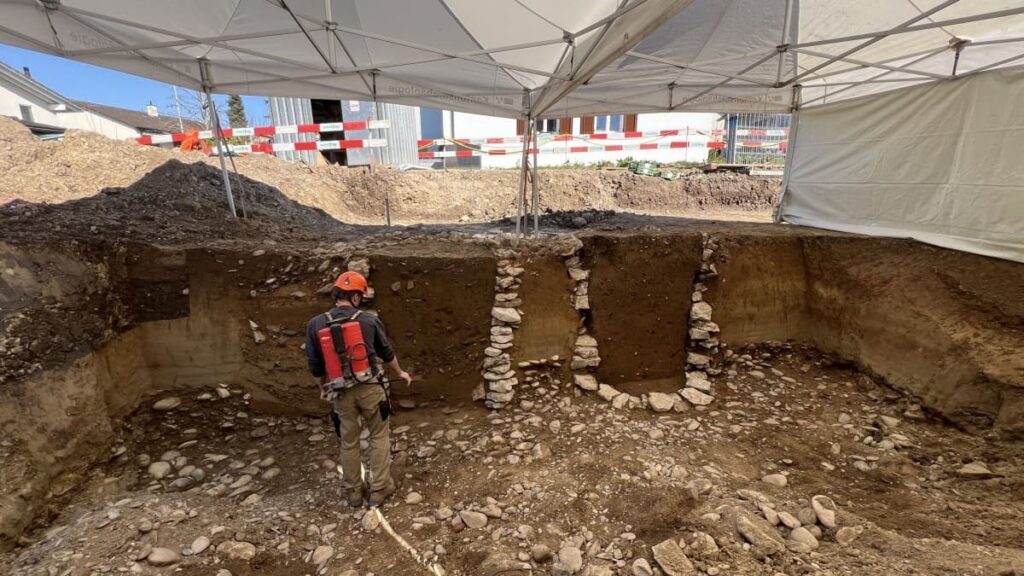
Intriguingly, the back courtyards of these strip houses yielded stone-lined shafts, believed to be either latrines or storage spaces, alongside several infant burials. This practice, common in the Roman world due to high child mortality rates, saw deceased infants often laid to rest within the family home rather than in formal cemeteries, reflecting both practical considerations and familial care.
The period of occupation for this neighborhood is dated between the late 1st and the 3rd centuries AD, with subsequent Late Roman activity indicated by numerous coins and individual finds. Among the diverse discoveries, several stand out for their rarity and significance. A small bronze statuette of a panther, a votive holder crafted from tuff (a type of volcanic rock), and a mosaic glass spindle whorl offer unique insights into the personal lives, religious practices, and craftsmanship of Augusta Raurica’s inhabitants. Such finds are not commonly encountered, making these discoveries particularly valuable.
The “Schürmatt” excavation marks a milestone for the Aargau Cantonal Archaeology Department as their first fully digitally documented project. Utilizing innovative methods, all findings were digitally recorded in the field, with data directly entered into a database. This approach ensured exceptionally precise and efficient documentation, setting a new benchmark for future archaeological endeavors, potentially across different cantons.
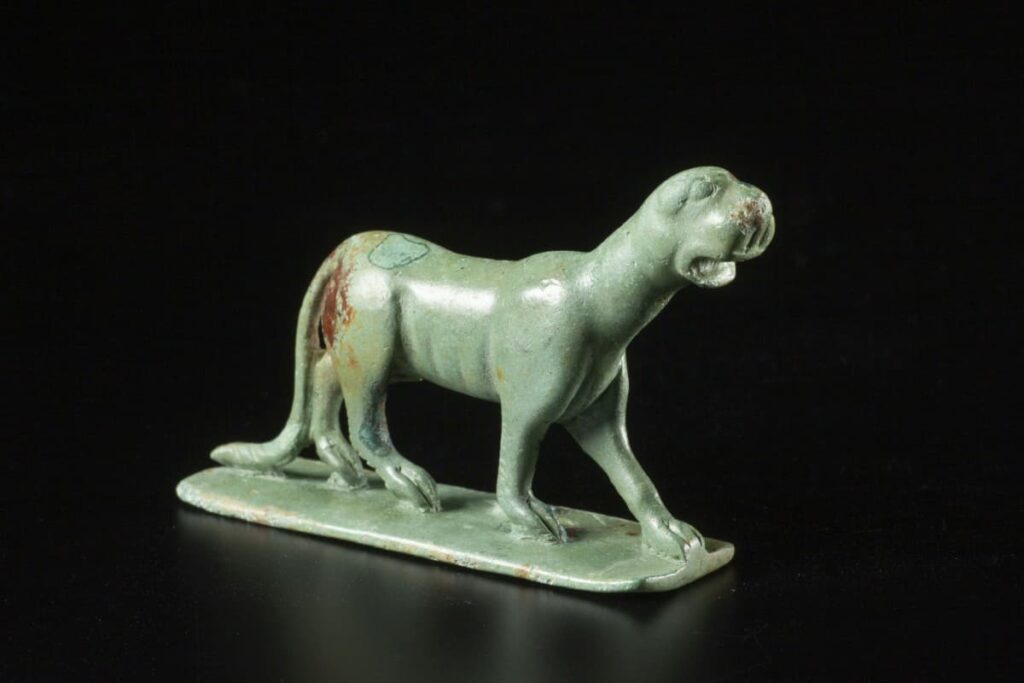
The successful completion of the excavation has significantly enhanced our understanding of the urban layout and daily life in the lower town of Kaiseraugst during the Roman era, further solidifying Augusta Raurica’s importance as a remarkably preserved window into the Roman world north of the Alps.
Cover Image Credit: Kanton Aargau

